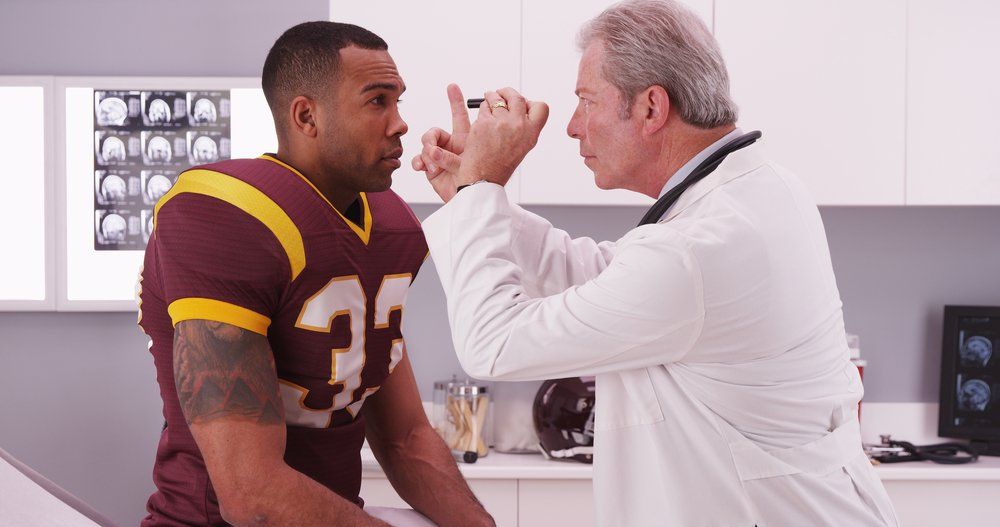A concussion is described as a mild traumatic injury to the brain. Concussions are relatively common in the United States, affecting about 128 out of 100,000 people yearly. Misconceptions about the causes, symptoms, and treatment of concussions are prevalent and can even be responsible for fatality or severity of symptoms. If you or a loved one developed a concussion due to the fault of someone else you should get in touch with a personal injury attorney to know what your options are.
Myth #1: Blacking out is the indicative symptom of concussion
Fact: Losing consciousness after suffering a jolt to the head region is a sure sign of concussion, but it’s not the only symptom to look out for. Nausea, loss of balance, severe headache, dizziness, and extreme sensitivity to light or noise, are other warning signs. Another point to note is that symptoms of concussions can take days to surface, so you need to monitor the patient closely in the days following the accident.
Myth #2: Only a direct blow to the head can cause a concussion
Fact: Most people think that only a direct blow to the head can cause a concussion. The truth is an accident that impacts the brain can lead to a concussion. A fall from a height or a moving vehicle, sudden jerk to the spine or head, can nudge the brain and cause a concussion. Contrary to popular belief, football injuries are not the leading cause of concussion. A car accident, biking-related accidents, wrestling, and cheerleading can cause head trauma and concussions too.
Myth #3: Concussions can be diagnosed by MRI or CT scan, and all medication should be avoided
Fact: Only intracranial clots (that are seen in only 1% of concussion cases) can be detected by standard CT scans or MRI. People are complaining of a mild headache after suffering a head injury almost always show routine brain scans. More conclusive tests include symptomatic diagnosis and exams testing a patient’s physical balance, memory, concentration, and reflexes.
Some people worry that pain medications can mask concussion symptoms and should be avoided at all costs. But mild drugs such as Tylenol can be given for alleviating pain symptoms, without any worries. But anti-inflammatory drugs such as Aspirin, Advil, Motrin, and Naproxen, should not be given without consulting a physician.
Myth #4: A patient with a concussion needs to be woken up every 20 minutes
Fact: In the 12 hours following the accident, the patient should be observed strictly and woken every 2 to 3 hours to detect changes in her reactions. After that, undisturbed rest is remarkably essential for the process of recovery and healing. As stated before, many patients display delayed concussion symptoms such as vomiting or sustaining head pain, so it’s important to keep a watch on them during the recovery period.
Myth #5: The more severe the blow, the longer the recovery
Fact: People react differently to the same trigger. While some might feel faint others might experience a mild headache or nausea. The severity of the accident does not always have a direct correlation to the prognosis or healing time of a patient.
Another lesser known fact is that concussion causes changes to the brain at a microscopic level that can continue for days, weeks, and months following the accident. This can lead to post-concussive symptoms such as dizziness, fatigue, and balance problems.
After suffering a concussion, the brain is hyper-sensitive, so the risk of a second trauma is quite high. It’s imperative that concussion patients are monitored round the clock, and any changes in their behavior or reactions are reported to a physician immediately.
If you are not sure if you could file a claim for a personal injury for a concussion that you suffered, consult with one of our personal injury lawyers at the Law Offices of Alvin de Levie at 844-777-2529 today.






























